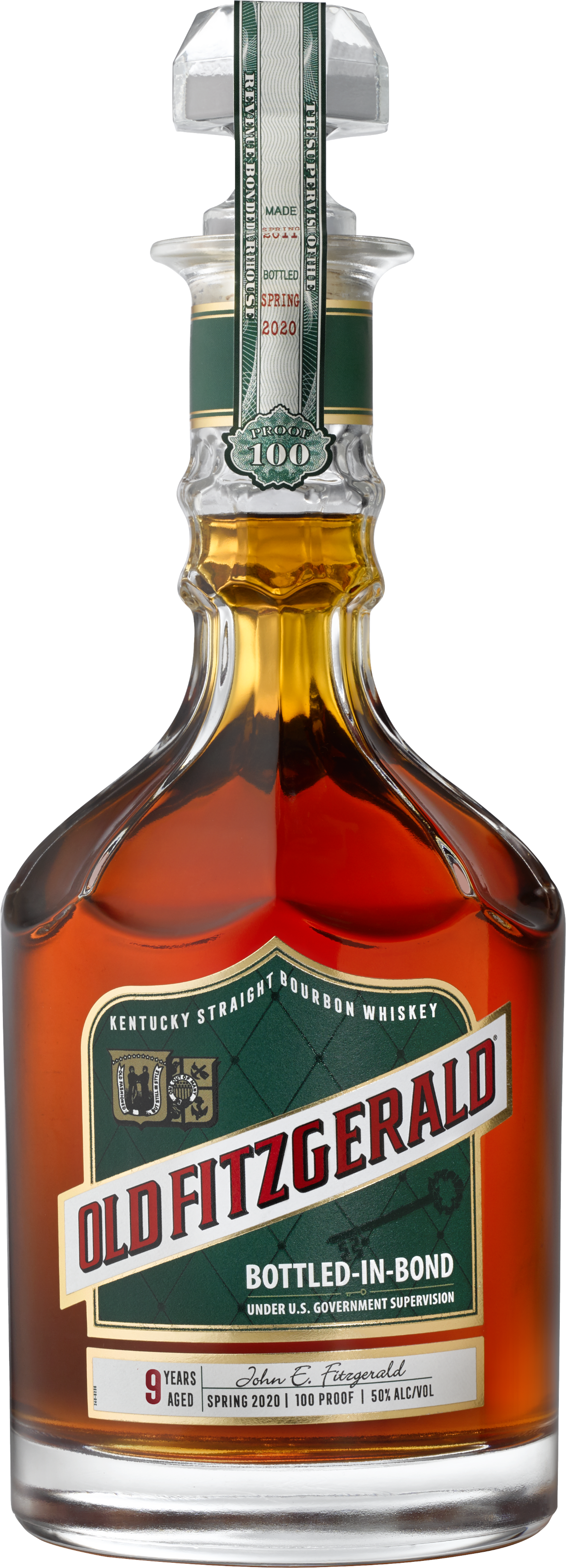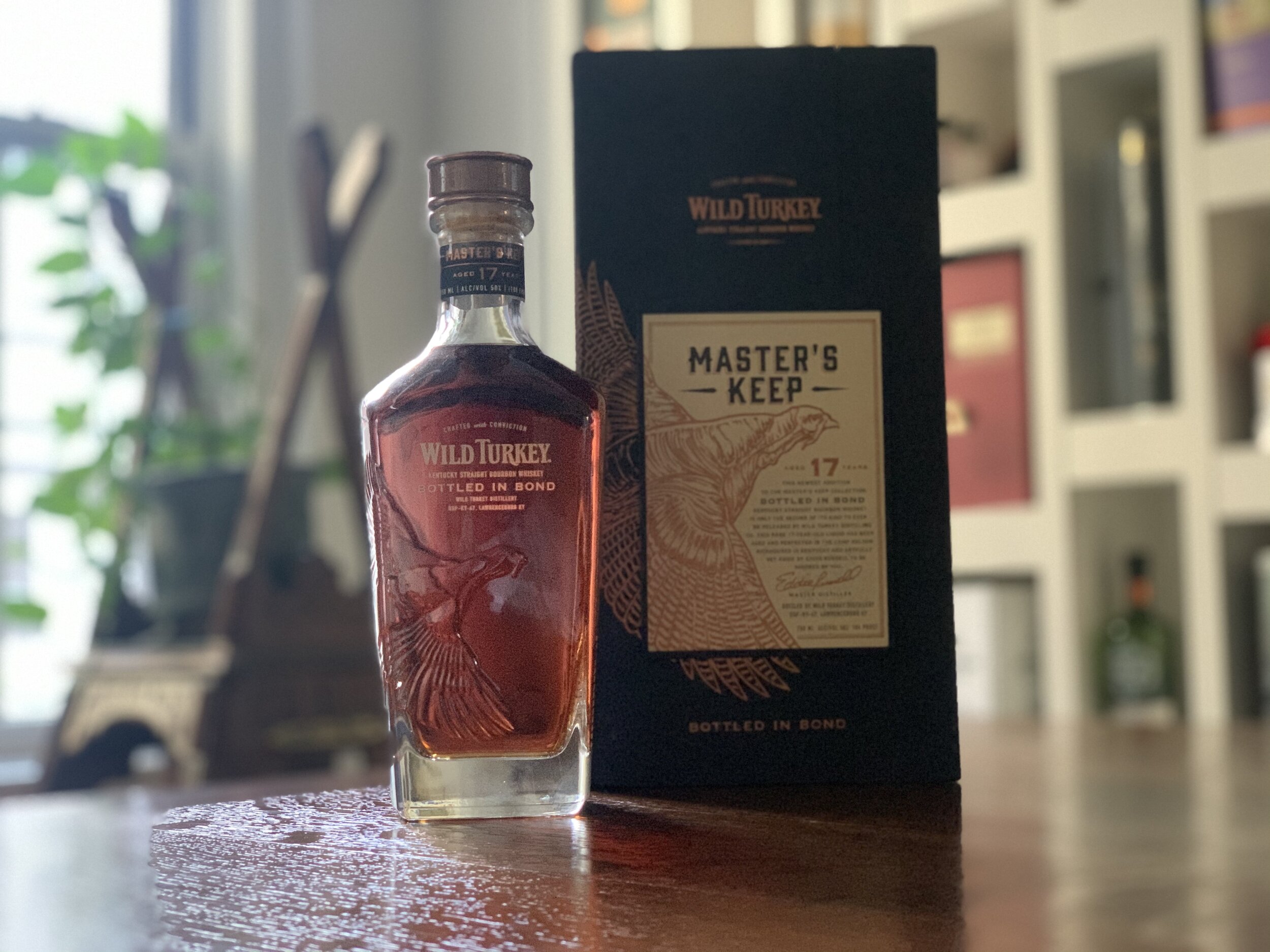Tony's Whisky Corner: 3 New Upscale Takes on Bottled-in-Bond
courtesy Heaven Hill
Tasting 2020 B-I-B whiskey releases from Heaven Hill, Wild Turkey, and George Dickel
Bottled-in-bond whiskey has been around for more than 120 years, but as recently as a decade ago, its intended value in terms of a being a quality benchmark was largely ignored. As collectors and bandwagon-hoppers fell in love with tiny craft brands, extra-aged expressions, and cask-strength bottlings, old-school drinkers kept reaching for the bottom shelf, where bonded classics like Rittenhouse rye and Old Grand-Dad bourbon resided. Today, however, bottled-in-bond is among the most fetishized of whiskey categories. What happened? And what the heck does “bottled-in-bond” even mean?
What is Bottled-in-Bond?
A quick primer for the uninitiated: Bottled-in-bond whiskey has existed since 1897, when adulteration and false claims were so rampant in the whiskey biz that Congress, which sported a fair share of whiskey drinkers to be sure, stepped in and enacted federal guidelines. The rules helped ensure the thirsty masses that their bourbon and rye would no longer be cut with everything from tobacco juice to iodine, and guaranteed that age statements actually corresponded with what the labels stated. Bonded whiskeys had to be distilled at a single distillery during one six-month distilling season; they had to be aged for at least four years in a government-secured rickhouse to prevent any post-barreling monkey business; and they had to be bottled at exactly 50% ABV. Only then could a whiskey earn the “bottled-in-bond” sobriquet.
Bottled-in-bond served its purpose as a federally guaranteed trademark of quality through the first half of the 20th century — even during Prohibition, when many of the “medicinal” whiskeys that could legally be prescribed by doctors bore the B-in-B insignia. But tastes changed, and as America became Vodka Nation, drinkers gravitated to lower-proof whiskeys. Distilleries were only too happy to oblige, as less alcohol and a lack of federal oversight meant fewer dollars going to the taxman. Bonded whiskeys moved to the bottom shelf and stayed there, beloved by hardcore fans and old-timers and forgotten by pretty much everyone else.
That is, until the bourbon and rye renaissance of the 2010s. In the age of startup craft brands and “non-distiller producers,” knowing where your whiskey came from and how it was made once again became important to the people who drank it. Full-flavored, higher-proof expressions were back in vogue, too. And it just so happens that a well-made four year old, 100-proof whiskey is dandy for sipping but robust enough for mixing. It was only a matter of time before bottled-in-bond bourbons and ryes were rediscovered, especially by craft cocktail bartenders and enthusiasts. By the second Obama administration, bottled-in-bond had become the hot new/old thing.
Bottled-in-Bond goes lux, and limited
The problem with something cheap and good is that the temptation is always there to make it expensive and good. Hell, isn’t that why Grey Goose exists? And sure enough, a few years ago we started seeing the “superpremiumization” (if that isn’t a word, it should be) of bottled-in-bond whiskey. One of the first distilleries to make the leap was Heaven Hill, which rebooted its venerable Old Fitzgerald bottled-in-bond bourbon, stuck it in a gorgeous retro decanter-style bottle, and charged $90 for it — about three times what a typical bonded whiskey went for. Now, to be fair, this wasn’t your standard four-year-old B-in-B, but a 9 year old that was astonishingly good — if there was a bonded bourbon worth spending $90 on, it was this.
Old Fitzgerald releases a new bottled-in-bond expression twice a year (remember, bonded whiskeys must be distilled in a six-month “season,” so each release differs slightly from its siblings). Old Fitzgerald Bottled-In-Bond Bourbon Spring 2020 ($90) is on the dry and intense side compared to previous bottlings — heavy on cacao, coffee, and burnt caramel, with dark fruit and oaky undertones. It’s excellent for slow sipping and contemplation, and if you’re up for mixing with a bourbon this pricey, it makes a magnificent Manhattan or Old Fashioned.
courtesy George Dickel
As fancy-shmancy as Old Fitzgerald might be, Wild Turkey outdoes it with master distiller Eddie Russell’s latest creation. Master’s Keep Bottled In Bond ($175), only the second bonded release in Wild Turkey’s history, is a 17 year old bourbon that’s limited to 14,400 bottles. The fact that Russell had that much of it to bottle is in itself a small miracle — by the time a bourbon hits its teens, it can often be so oaky that a few sips can leave splinters on your tongue. But this isn’t just drinkable, it’s extraordinary. The oak is present but it doesn’t dominate. Instead, citrus, ginger, and cinnamon come to the fore, with dark cherry and clove in the mix as well. This is a real unicorn bourbon, an elder statesman that tastes like a bourbon half its age. It’s small wonder that bottles are already going for significantly more than the already-hefty $175 suggested retail price.
If Master’s Keep and Old Fitzgerald are too rich for your blood — or if you just want a trifecta of terrific B-in-Bs — look to Tennessee, where George Dickel has released the sequel to last year’s award-winning bottled-in-bond expression. George Dickel Bottled In Bond (Fall 2008) Tennessee Whisky ($40) is a bourbon in all but name, as Tennessee distillers like to distinguish themselves from their Kentucky kinfolk even if their whiskey (or whisky), which is charcoal filtered (a.k.a. the Lincoln County Process), meets the technical specs to be called bourbon. At 11 years old, this could hit the top shelf, price-wise, without much complaint. But Dickel distiller and blender Nicole Austin made sure it was affordable enough for consumers to actually drink it, rather than putting it on the shelf as a future heirloom. And it’s absolutely worth cracking open, as it’s ridiculously tasty. Rich and chocolatey, with roasted pecan, oak, and hints of dried fruit chiming in as supporting players, it’s affordable enough for mixing — I made a mint julep with it that’s out of this world — but it’s also a standout sipper. Like Old Fitzgerald and Wild Turkey, it’s a limited edition, so if you’ve got the funds and the wherewithal, stock up now.



